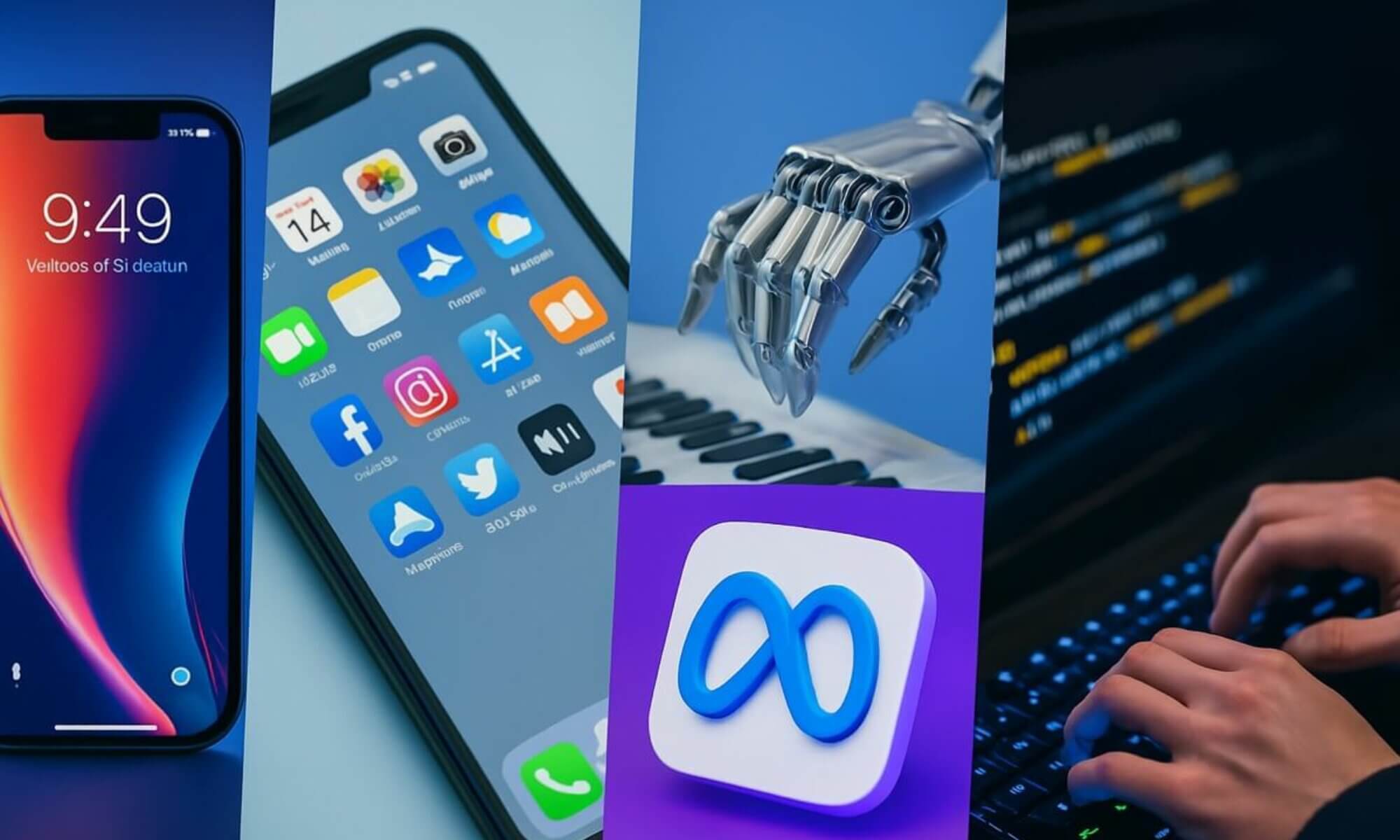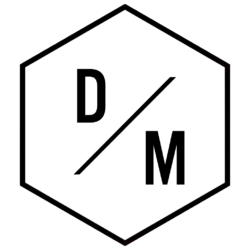The intersection of digital innovation and personal well-being forms an intriguing frontier in 2025. As advanced technologies such as DreamTech and SleepSync become prevalent, navigating the digital landscape while maintaining restful sleep requires adept understanding and strategic management. Users increasingly rely on tools like SlumberNavigator and DriftDrive to balance connectivity and downtime without compromising their mental and physical health. This dynamic raises critical questions about the deployment of smart features, digital privacy, and cybersecurity concerns, all vital in this digitally saturated environment. Understanding these components is crucial for integrating digital engagement seamlessly with restorative rest, ensuring efficiency and safety in an ever-evolving technological panorama.
Optimizing Sleep Quality with Emerging DreamTech Innovations
The advancement of DreamTech devices offers novel approaches to enhancing sleep quality amid constant digital engagement. Technologies such as SleepSync are engineered to align circadian rhythms through adaptive light and sound cues, merging comfort with precision engineering. RestfulRoutes applications analyze sleep data to propose customized paths to improved slumber, integrating machine learning algorithms that adapt to user behavior.
Implementation Challenges of Sleep-Enhancing Technologies in Everyday Life
Despite their benefits, integrating systems like SnoozeNet or DozeDroid into daily routines can be hindered by software compatibility issues and data privacy concerns. The concern for cybersecurity in sleep tech parallels broader industry challenges addressed in cybersecurity firm protection studies, such as those outlined in cybersecurity firm protection. Developers and users must balance the utility in slumber monitoring with safeguarding sensitive biometric information.
- Synchronization accuracy between devices and user preferences
- Data encryption to prevent unauthorized access
- Compatibility with existing smart home ecosystems
- User education on privacy implications
| Component | Function | Security Concern | Mitigation Strategy |
|---|---|---|---|
| DreamTech Wearables | Monitor sleep patterns | Data interception risks | End-to-end encryption |
| SleepSync Software | Synchronize sleep cues with circadian rhythms | Software vulnerabilities | Regular security updates |
| SlumberNavigator App | Customized sleep improvement pathways | User data misuse | Strict access controls |
Integrating Cybersecurity Protocols in the Era of RestfulRoutes and ChillMap Devices
Modern digital navigation tools like RestfulRoutes and ChillMap offer unprecedented control over digital and physical environments to optimize relaxation and security. However, the expansive attack surface they introduce necessitates robust defense mechanisms. Current trends in cybersecurity, including updates discussed in latest cybersecurity trends, underscore the need for multi-layered protection to prevent exploitation.
Effective Measures to Secure Digital Sleep-Enabling Technologies
Adopting integrated protection strategies is crucial to uphold system integrity. Best practices encompass hardware tampering safeguards and AI-driven anomaly detection systems, enabling proactive responses to threats.
- Implement continuous security audits
- Deploy AI analytics for threat identification
- Utilize geofencing features to restrict unauthorized access
- Regular user training to recognize phishing attempts
| Security Layer | Technology Used | Benefit | Example Link |
|---|---|---|---|
| Network Security | VPN and firewall systems | Protects against external breaches | VPN guide |
| Application Security | Multi-factor authentication | Enhances user authentication protocols | Mobile app security |
| Data Encryption | End-to-end encryption algorithms | Secures user data privacy | Privacy protection |
Balancing User Experience and Privacy in SlumberNavigator and NapNavigator Platforms
The emerging use of platforms such as SlumberNavigator and NapNavigator reflects an increased demand for systems that honor both ease of use and privacy. Market insights highlight the rise of privacy-focused technologies, analyzed extensively in privacy-focused technologies.
Privacy Considerations in Sleep Tech User Interfaces
Designing user-centric privacy controls and transparent data usage policies builds trust and encourages adoption. Implementing local data processing limits exposure risks and complies with emerging regulations.
- Granular permissions for accessed data
- Clear consent frameworks
- Options for anonymous data collection
- Regular audits for compliance
| Privacy Feature | Purpose | Advantage | Reference |
|---|---|---|---|
| Data Minimization | Limit data to essentials | Reduces breach impact | Regulatory landscape |
| User Control Panels | Manage permissions easily | Empowers user decisions | Digital strategy tips |
| End-to-End Encryption | Ensure data confidentiality | Enhances trust | Encryption insights |


